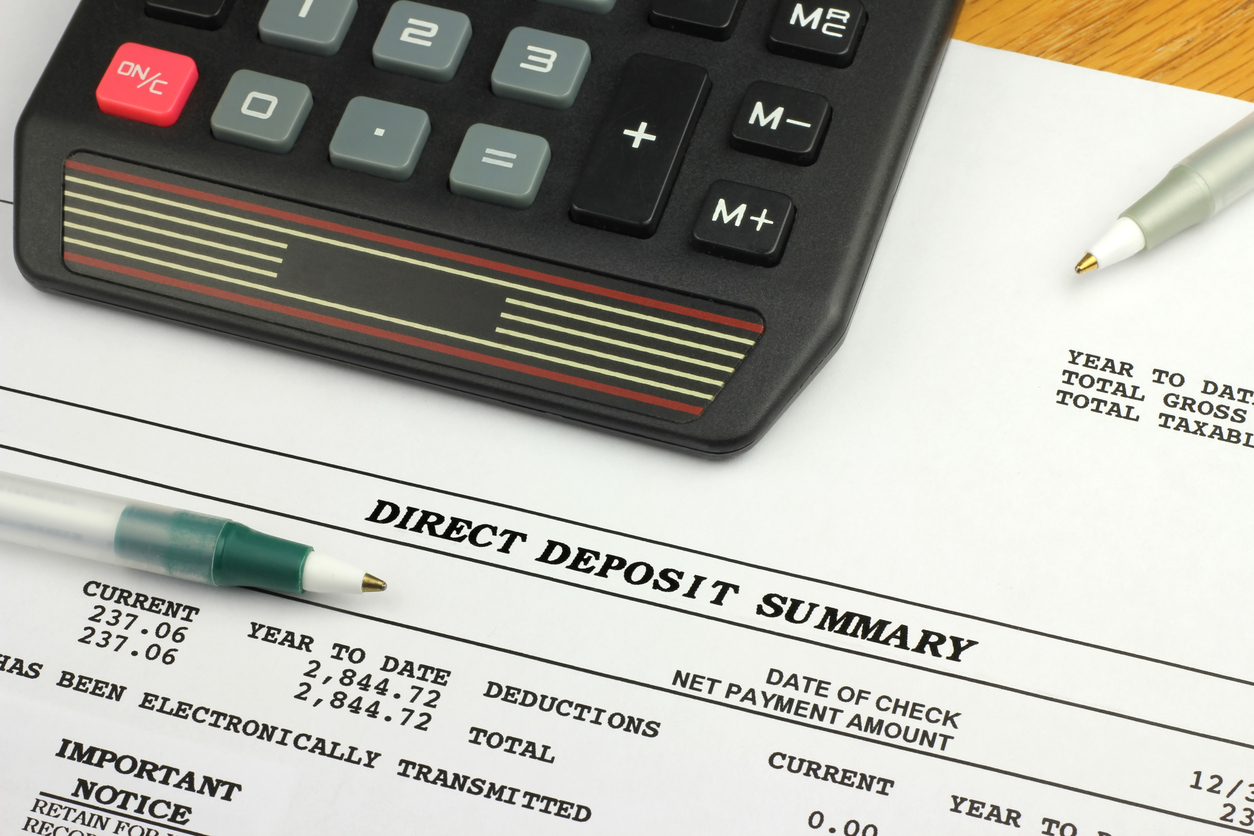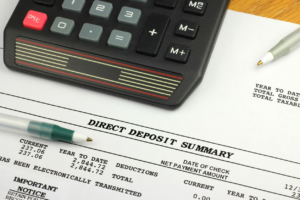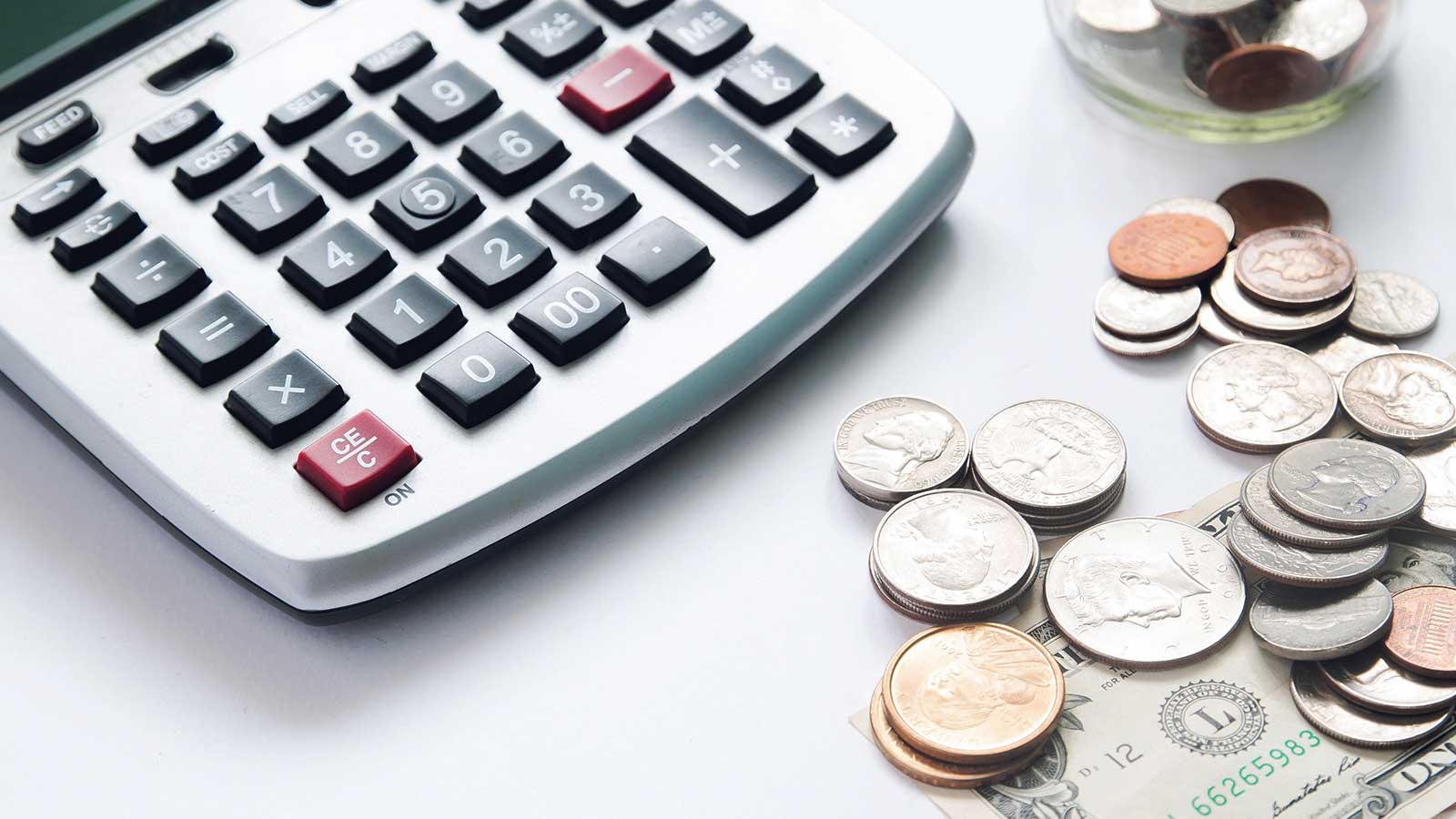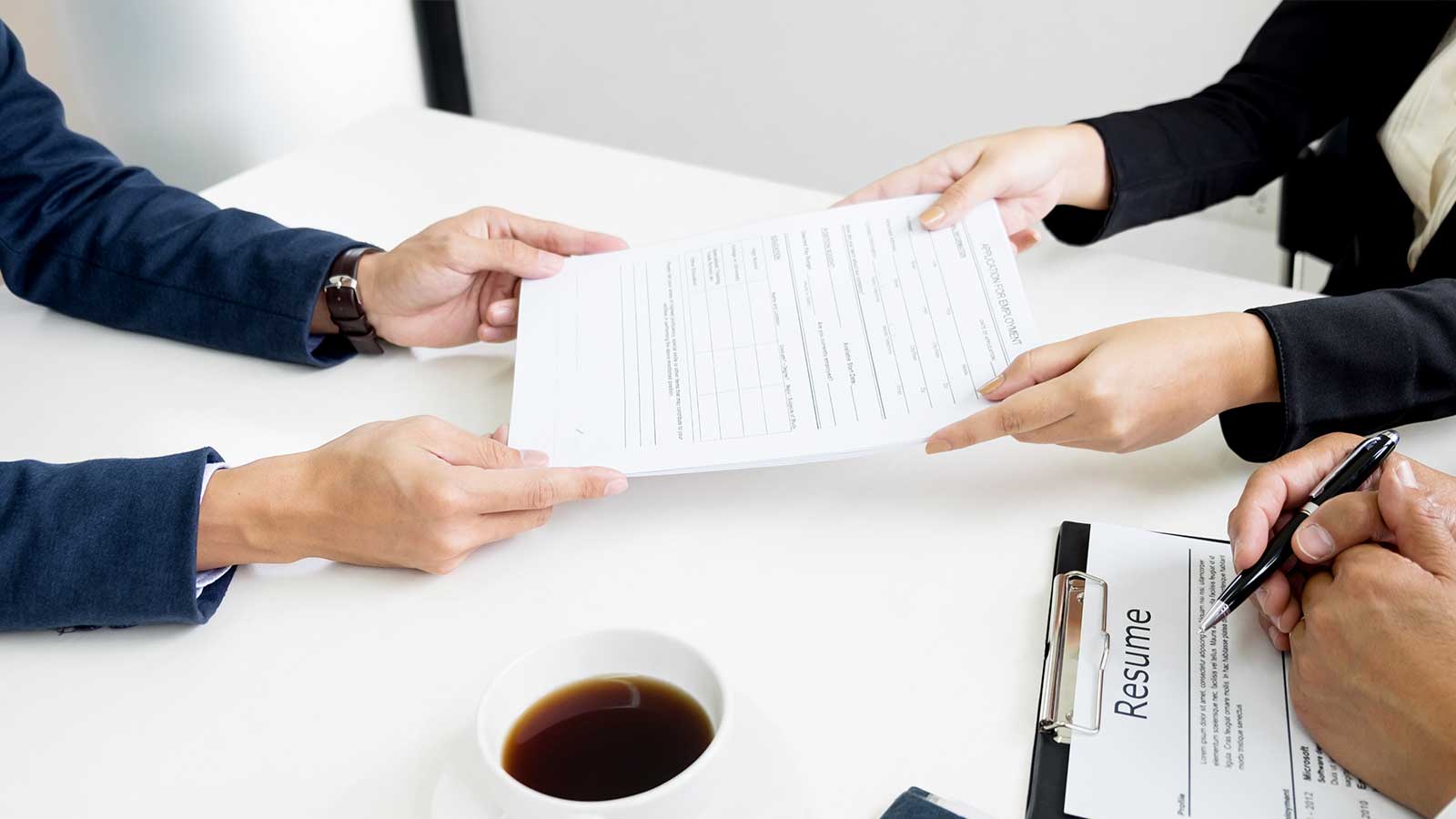
 Direct Deposit
Direct Deposit
A direct deposit is a convenient payment option that allows an automatic scheduled electronic transfer from one party directly to your checking or savings account. The most common uses for direct deposit are salary payments, government benefits, pensions, investment payments, and tax refunds. Some people still prefer a traditional paper paycheck but the advantages to this method of payment are virtually nonexistent. While direct deposit is a secure and convenient alternative for both involved parties to a traditional paper check.
Setting It Up
Setting up an electronic deposit is relatively simple. And you will only need to set up the process once with the depositor. The payments you will receive are recurring and will arrive every time the payer initiates a payment or transfer. Using the most common electronic deposit scenario as an example, your employer would inform their bank to transfer your earnings into your bank account. While your financial institution transfers the money from your employer’s bank to your account on the date you are scheduled to be paid.
A prepaid debit card issued to you by your employer that provides another electronic deposit option is. The electronic deposit works identically, but rather than having the funds transferred to your account they are directly paid to your debit card. You can utilize your prepaid debit card to withdraw paycheck earnings from an ATM, or use like a standard debit card.
What is Needed
To set up recurring payments with your employer you will generally be asked to fill out an authorization form. The authorization form will typically ask for the following:
- The name of your financial insitution
- Whether your account is a checking or savings account
- Bank account number
- Financial institution’s routing number
Your employer will commonly ask for a voided check to accompany the authorization form. Your account and routing are verified using the voided check. Both are located at the bottom of your check. If you do not have any paper checks you may need to obtain a document from your financial institution showing your account information. You may be able to locate a form on your financial institution’s website which has your name and account information pre-filled out which you can submit to your employer. The process for setting up an electronic deposit is similar to non-paycheck deposits.
There are several benefits to electronic deposits:
Convenience
Once your electronic deposit is set up you no longer have to fret about it. Your earnings will deposit directly to your account whether you are working on payday or not. There is no need to collect a check and find the time to deposit it.
Speed
Funds are posted right away when a transfer takes place. And there is no waiting period for a check to clear. Some institutions will even have the funds posted at twelve AM on payday.
Security
With electronic payments, there is no possibility of your check becoming lost stolen. If a paper paycheck found its way into the wrong hands your personal information could be at risk.
Free Checking Access
Some financial institutions will offer free checking or waive your checking account fee if you have regularly scheduled electronic deposits.
Environmentally Beneficial
Paperless checks not only reduce the amount of paper consumed, but they can also reduce the amount of fuel consumed to deliver the checks as well.





